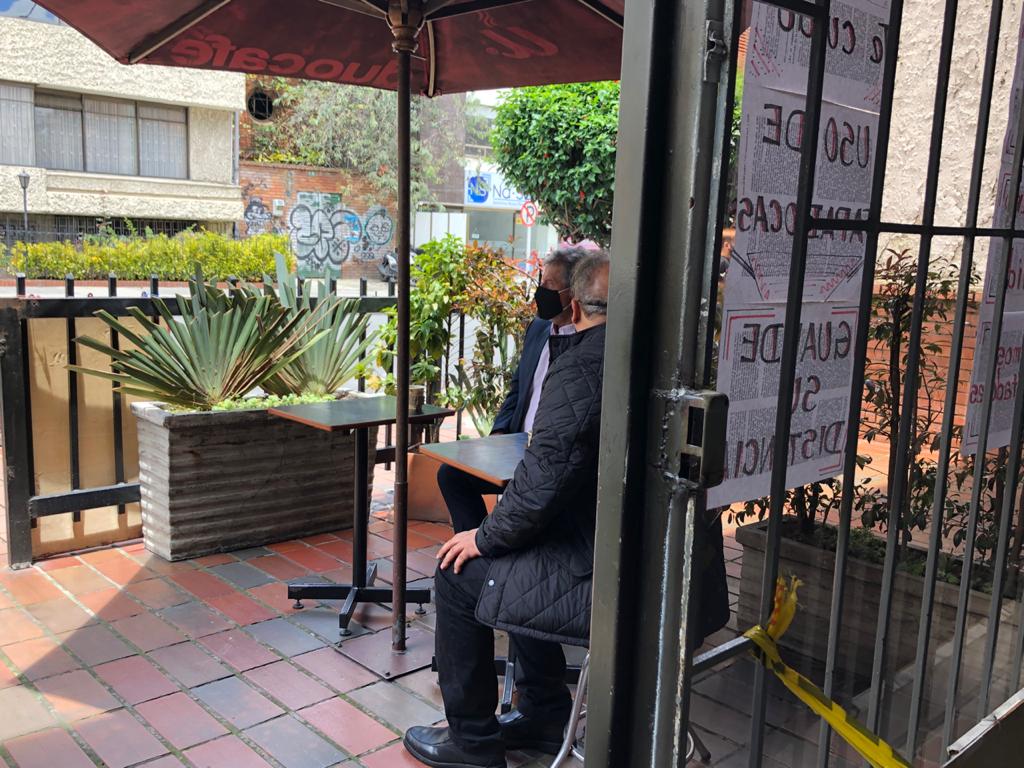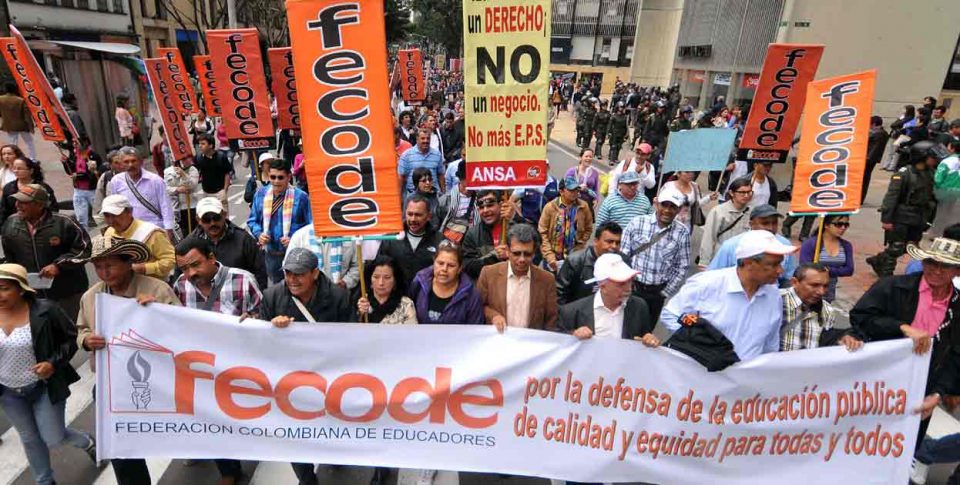Our regular roundup of COVID-19 cases in Colombia.
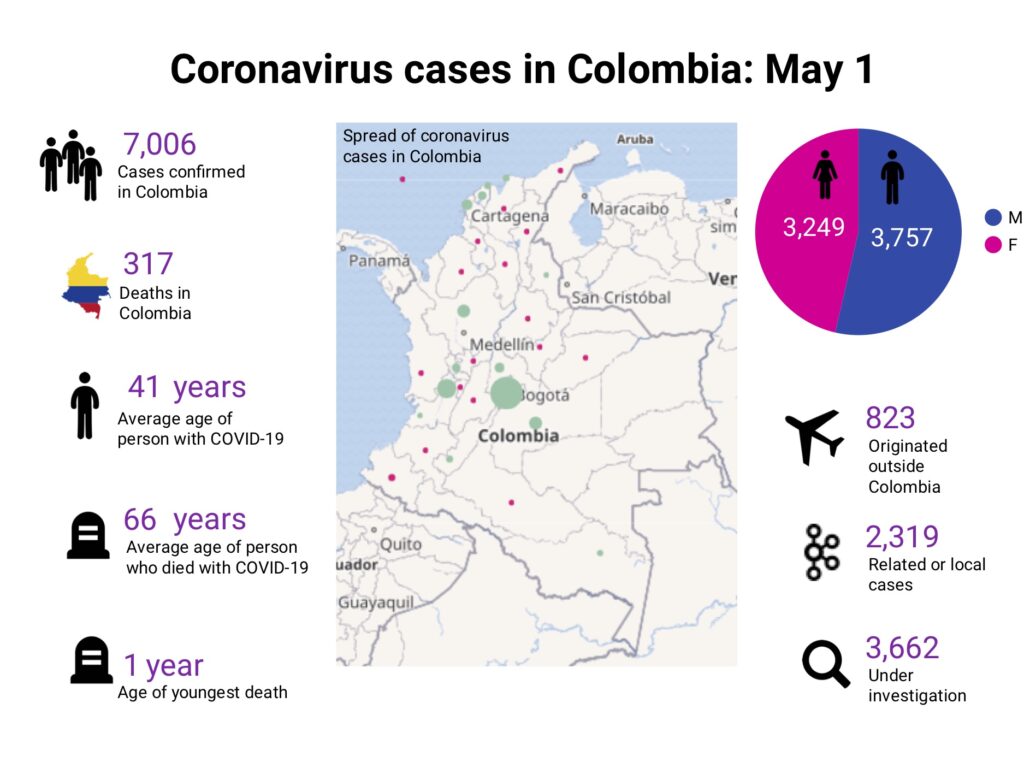
Key points on coronavirus in Colombia:
- 314 deaths and 7,006 cases across 31 departments
- Quarantine looks set to be relaxed on May 11
- Amazonas hit hard and struggling with lack of facilities
It’s May Day weekend and 43 days since the beginning of that Bogotá trial isolation that turned out to be not so trial. The rules were relaxed slightly this week, with citizens allowed to exercise between 6am and 10am every day. Some industries are gradually being allowed back to work and everybody’s waiting to see what will happen after May 11.
It’s 56 days since the first case (March 6) in Colombia and the latest stats show:
- 1,551 COVID 19 patients recovered (average age 41)
- 524 patients are sick but still at home (average age 53)
- 314 people confirmed to have the virus have died (average age 66)
- There are 524 hospitalised cases, 120 of which are high-risk patients in ICU intensive care units
Colombia’s health ministry announced yesterday that there are now 5,845 ICU beds available (up from 5,539 before) and that 58% of those are available. 2% of them are taken up with confirmed COVID-19 cases and another 40% are occupied by people with suspected COVID-19 or other diseases.
The issue is that some departments have a lot more capacity than others. For example, Amazonas has seen a big jump in cases in the past two weeks and according to El Tiempo, the main hospital in Leticia only has five ventilators and no intensive care beds.
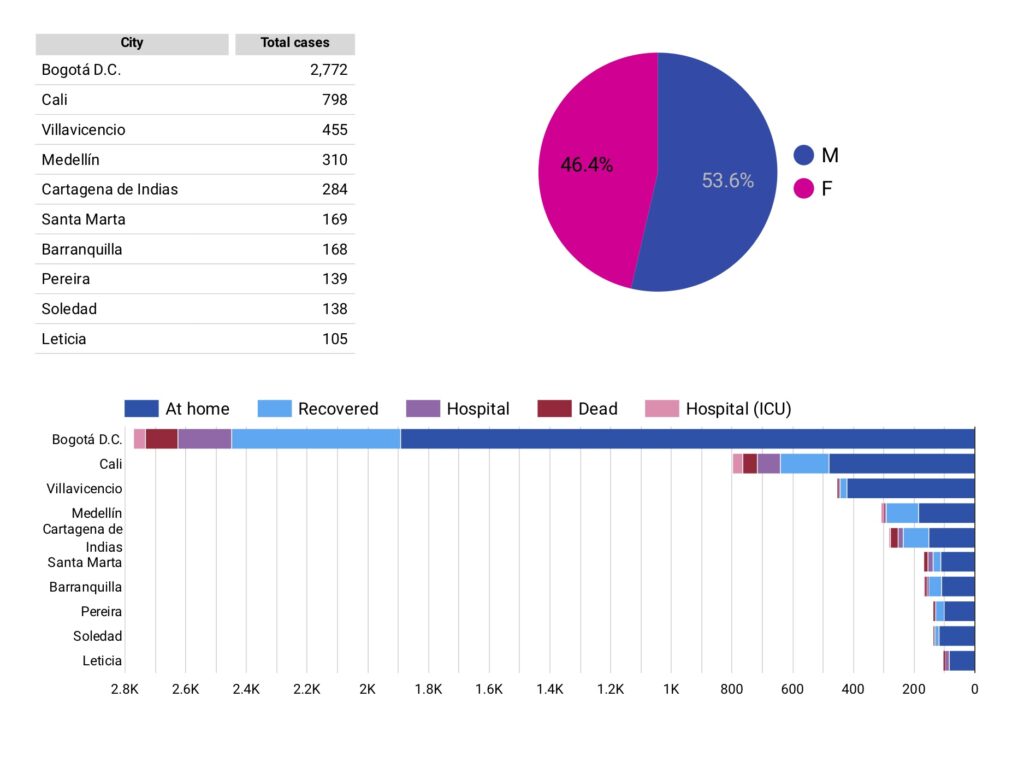
The issue is magnified in Leticia because it neighbours Brazil which could be seen as a case study for what happens if the pandemic is allowed to spread unchecked. Plus, hospital staff resigned in mid-April in protest at the poor conditions, lack of protective equipment and lack of pay. “We cannot participate in these arbitrary decisions and lack of pay for staff,” said the medics in a joint letter.
Amazonas now has 105 confirmed cases of the novel coronavirus, and seven people have died. That number may seem low in comparison with Bogotá, if you look at it in the context of the total population, Amazonas has the highest number of cases per million inhabitants as well as the highest number of deaths per million habitants.
The health ministry has now promised to take action. It’s sent two ventilators as well as a team of doctors and nurses and a promise of more resources. Time will tell whether that’s enough to curb the outbreak.
Relaxing the quarantine
Elsewhere in the country, hopes are high that President Duque will announce further relaxation on the restrictions that are keeping people at home. Last week he said that the manufacturing and construction sectors could return to work under carefully-managed circumstances.
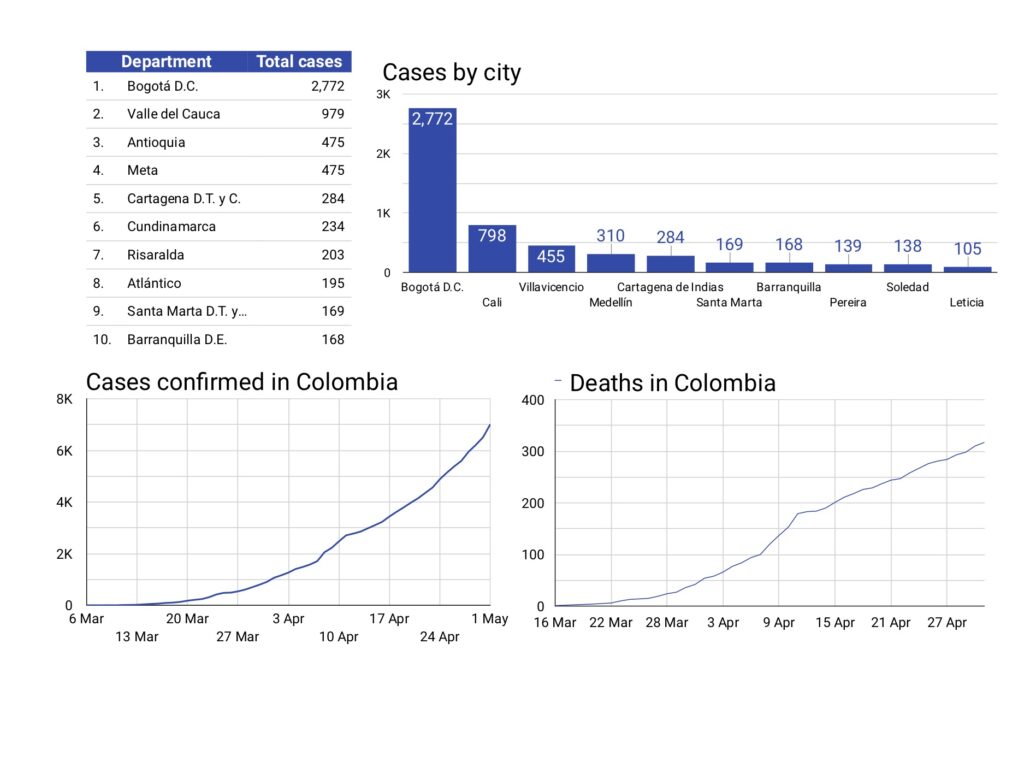
Meanwhile we’ve all become armchair scientists, looking at the number of cases and trying to see whether the curve is flattening – and so whether the country might open up. But the issue is that we’re not epidemiologists and we don’t have the full picture.
What the scientists are doing is taking that data and using it to model best and worst-case scenarios. Then they are trying to recommend policies that will prevent the worst-case scenarios from happening. Which is why we’re all staying at home. The challenge is that there are so many unknowns – such as how many people will break quarantine for Mother’s Day – and even a few percentage points make a big difference when multiplied exponentially. And of course, modelling the best health outcomes does not help us to model the best economic ones.
One figure that’s being talked about more and more is the doubling rate. That’s the number of days it takes for the number of cases or deaths to double. The reason that’s interesting is because if the doubling rate slows, then we’re managing to slow the spread of the virus. The difficulty is that the number of cases is so dependent on the number of tests and statistically speaking the numbers of deaths are still relatively low for analysis.
But if we look at the death rate in Colombia, it does show that the rate of spread is slowing. It took just over four days for the number to double from 10 to 20. And then another four days before it hit 40, and five days before it doubled again. Colombia saw 80 deaths on April 4, which was about 11 days into the national quarantine. Then it slowed further, taking six days to double to 160 deaths. Now we are 19 days further on and 314 people have died. So the doubling rate has increased from four or five days at the start of the crisis to 20 days now. Which – combined with the economic pressures – is why Duque is allowing certain sectors back to work.
Still grounded?
Yesterday, Avianca optimistically put flights on sale from May 11, but today Duque tweeted that domestic flights would definitely not start before the end of the month.
Many analysts say that airlines are facing a worse crisis than the one that followed the 9/11 terror attacks so it’s unsurprising that Avianca are keen to start selling tickets again. Indeed, Bloomberg put them at number 10 on their list of airlines most at risk of going bust in the next two years.




